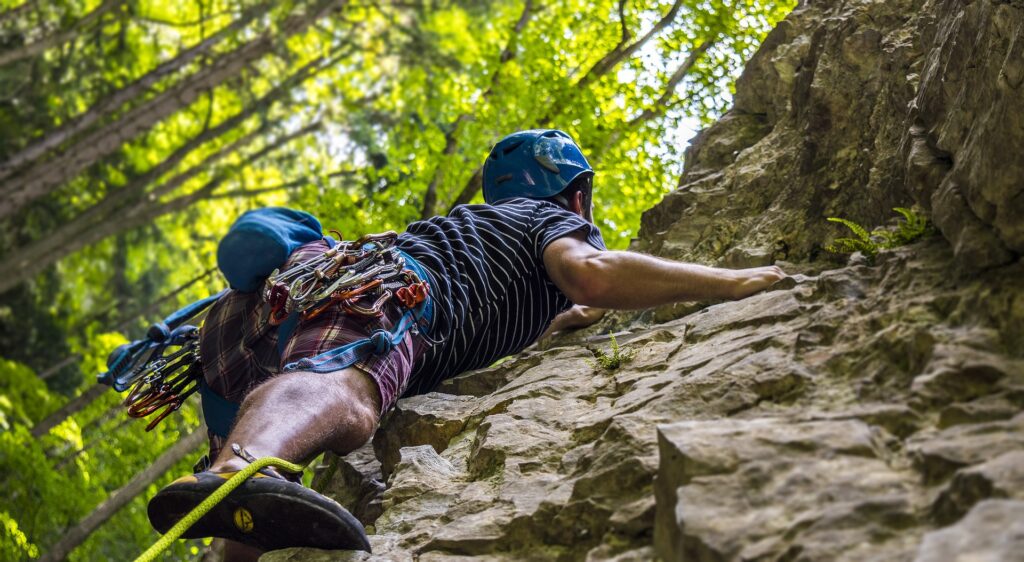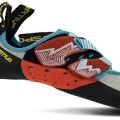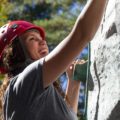
What you need to know before buying a climbing hangboard
One of the best ways you can attempt to get stronger for climbing is to train on hangboards. A hangboard which is also called a fingerboard requires you to put a lot of dedication because it can be hard at times.
Remember that hangboards have been around for climbing training sessions and with good reason. This is because a hangboard tends to target finger strength. The truth is that this equipment can help you improve climbing-specific finger strength quickly. This article discusses what you need to know before buying a climbing hangboard.
The set up of a hangboard
It’s worth noting that it’s important to consider the set up of the hangboard. If you decide to use a hangboard in your house, then you can find a variety of fixed training boards that are ideal for both experienced and beginner climbers. If you can’t use a hangboard in your home, a portable hangboard can work for you.
You can choose to set up your hangboard to allow your body to hang freely underneath. In this case, you can fix your board on a plywood backing board. Then you can mount the board above a weighty door frame. It’s worth noting that there are also various other ways you can install a hangboard like utilizing a removable pull up bar. Also, with the space and know how to work with the tools, you can make a simple and free-standing frame for the hangboard.
Today, there is an increase in popularity and emergence of portable training hangboards. The good thing about these boards is that they are versatile, and you can set them up for home training. This is a good choice if you are renting your home or you can’t mount a hangboard at home. Ideally, they tend to hang using a weight bearing anchor point either outside or inside your home.
Material
Climbing hangboards can be made from either polyester resin, wood, or polyurethane. Remember that older style hangboards were usually made up of polyester resin that tends to be heavy. To learn more about hangboards, read the Adventure Blog.
Nowadays, there is an increase in popularity of polyurethane and wood hangboards. This is because these materials usually provide unique shapes and they are skin-friendly training options.
Hold size
To find the right hangboard that works well with the level of your skills, it can depend on the shape and size of the holds. Climbers who are new to finger boarding training need to begin with deep pockets and larger edges until their fingers get used to the intensity. It’s a good idea to start slowly and reduce the weight by utilizing a pulley system or even propping your feet on a stool or chair if needed. You should avoid doing it too hard quickly because this can cause finger injuries.
You should remember that it can take some time for the pulleys and tendons to adjust to the training routine and get stronger. Hangboards that feature various hold depths can allow you to go to smaller holds when the strength of your fingers improves.










